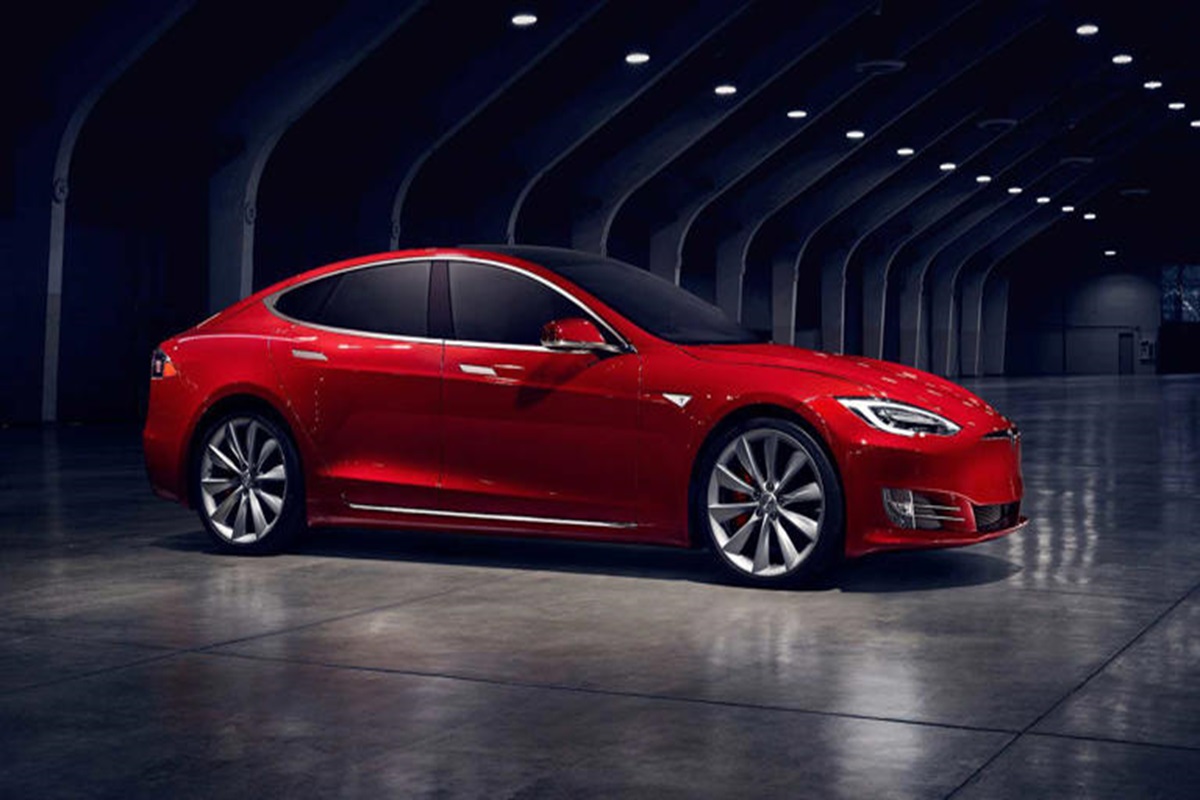Did you know that chickens can show their feelings? A new study found that chickens’ faces turn redder when they’re upset. This discovery can help us understand chickens better and treat them well. Chickens feel many emotions like happiness, excitement, frustration, and fear. But they don’t express these feelings like humans do. They don’t smile or frown. Instead, they change the color of their faces to show how they feel.

When chickens are calm and happy, their faces are a light red color. But when they’re stressed or scared, the blood flows to their faces, making them turn a brighter red. Researchers from INRAE studied Sussex hens, a type of chicken, to learn more about this. They used special cameras and software to watch how the hens’ faces changed color in different situations.
When the hens were given tasty food, they turned a bit red. But when they were caught, their faces turned very red. This showed that their face color matched how they were feeling. The study also showed that chickens react differently to people based on their experiences. Hens that got used to a friendly person were less stressed around them. Their faces didn’t turn as red. But hens that weren’t used to people got very stressed around them.
Understanding how chickens show their emotions can help farmers and veterinarians take better care of them. They can create environments where chickens feel safe and happy, which is good for their health. This study is just the beginning. Scientists want to learn more about how chickens communicate their feelings.
They’re looking at things like how feathers move on their heads and how they act around other chickens. Chickens have complex social lives, and understanding their emotions can help us treat them with kindness and respect. This can change how we interact with chickens, whether on farms or in our backyards.

